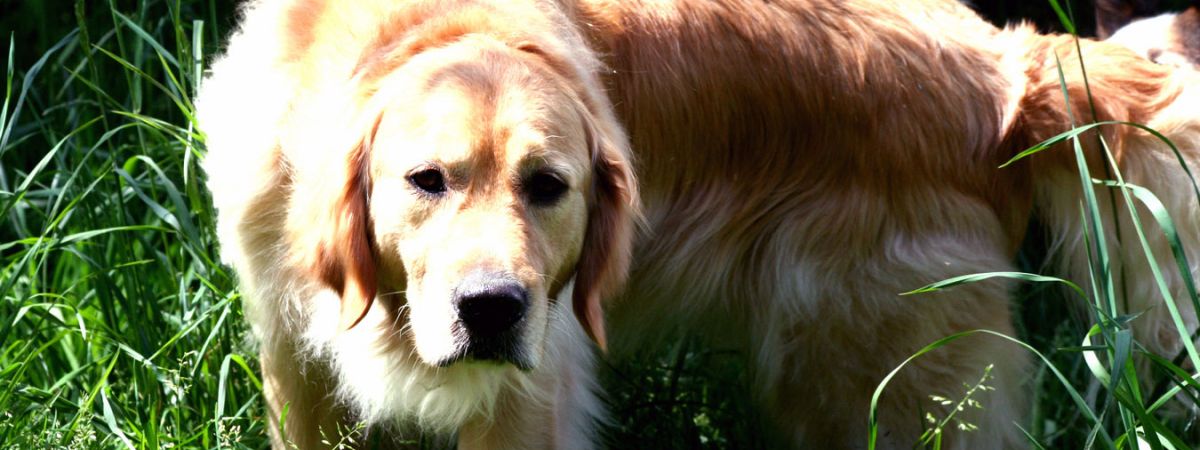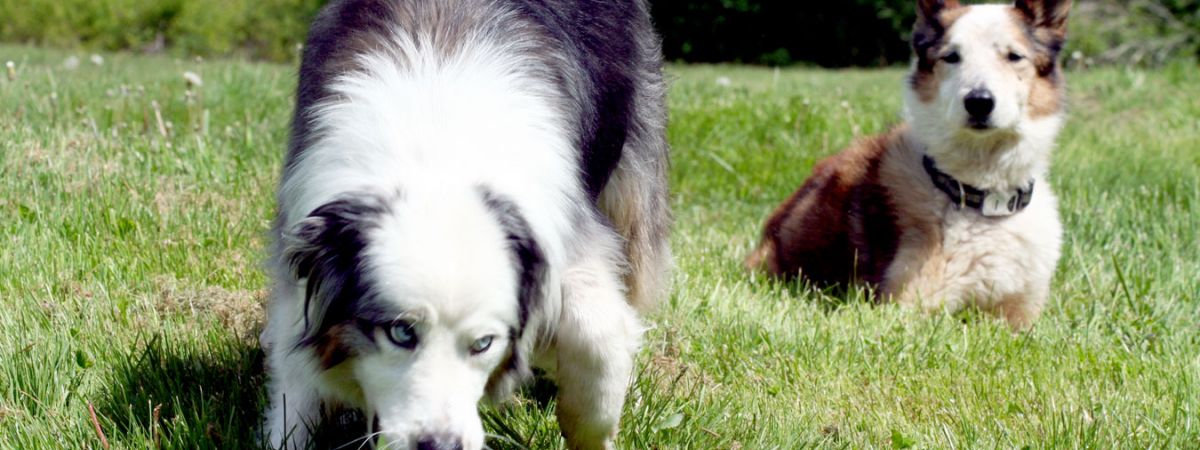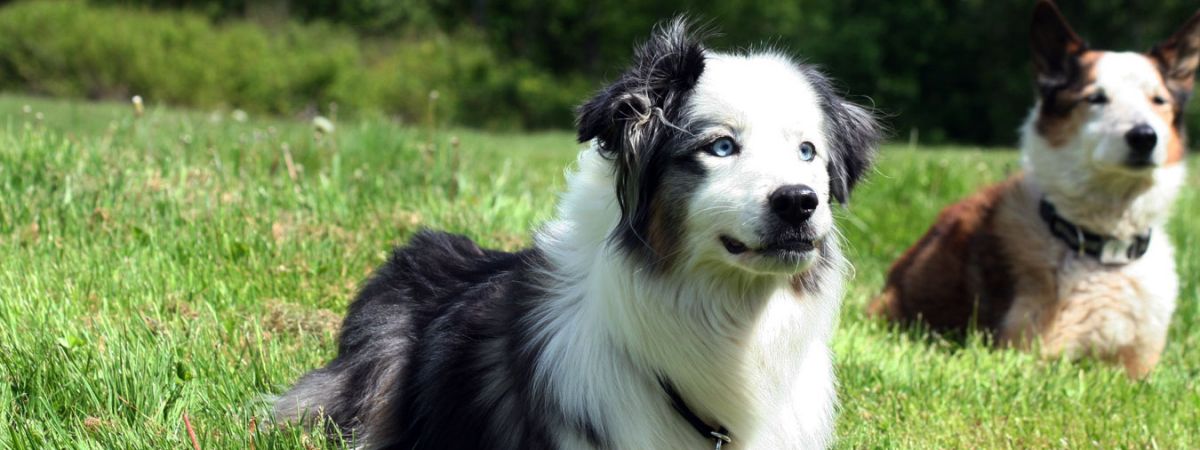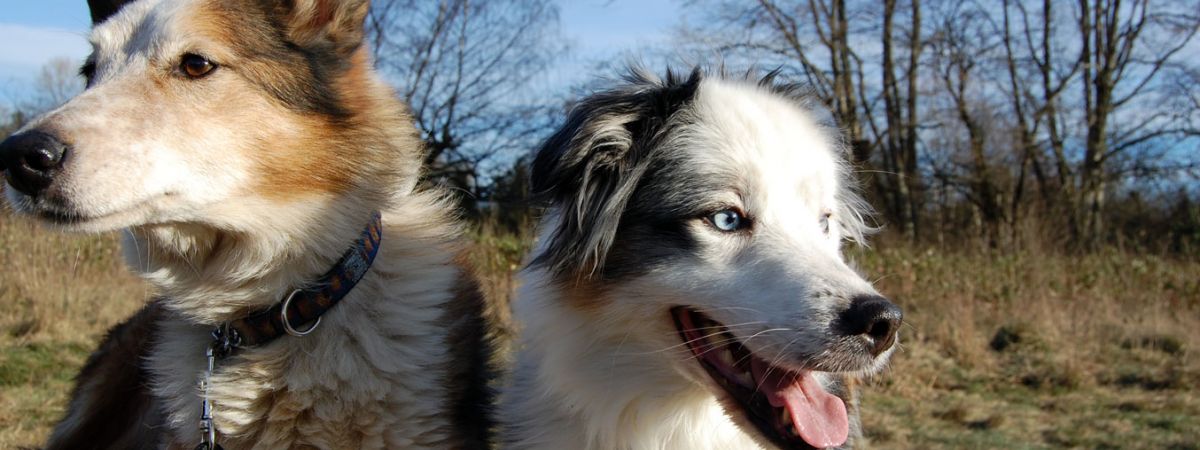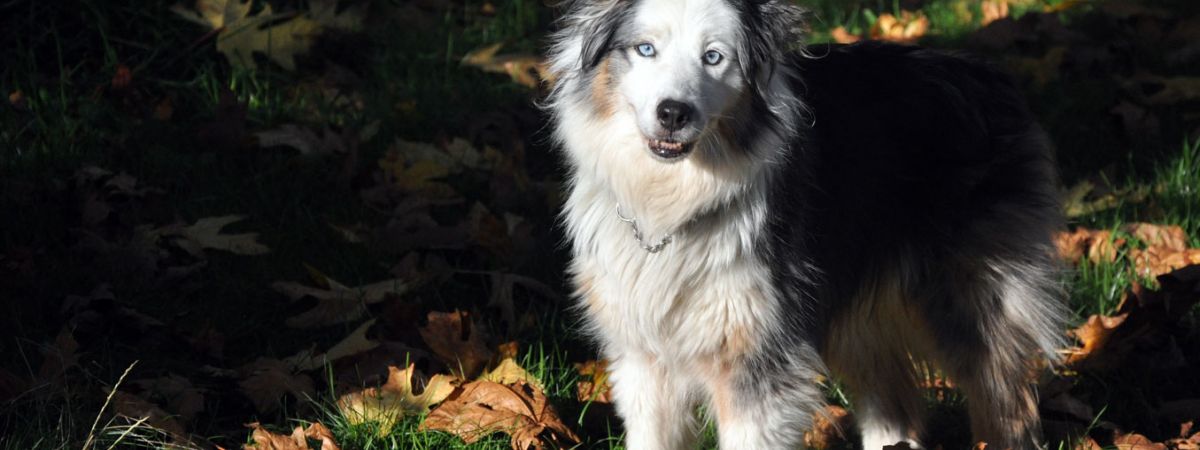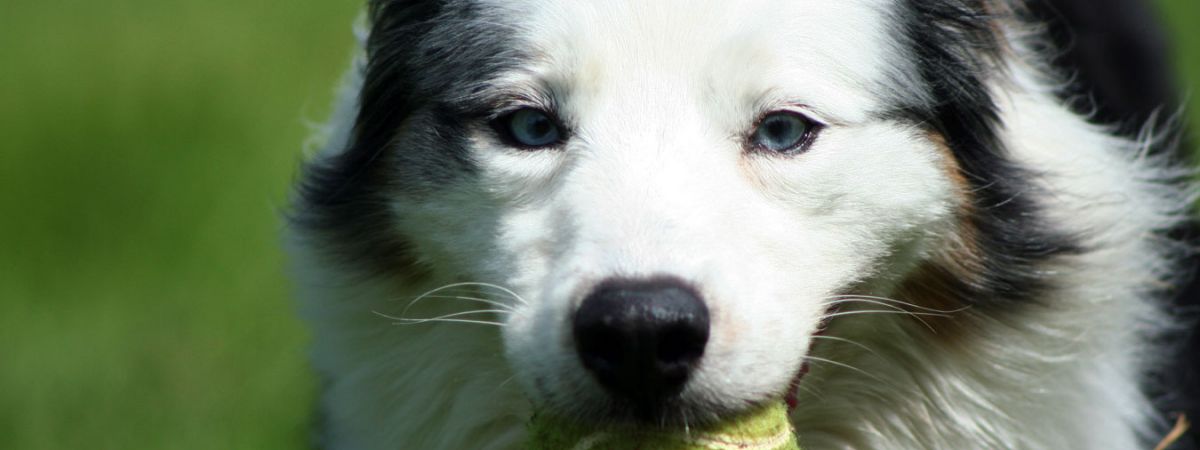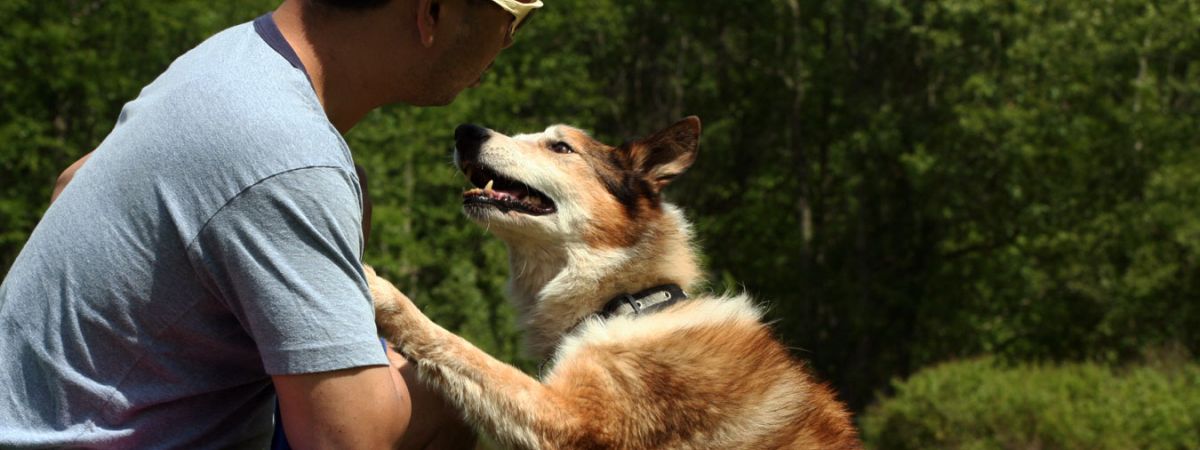Neglected Dogs: In Neighbourhoods, No Time for Dog
Whether a pet lover or not, just about everyone will experience an occasional pang of heartbreak when they know of an animal who is clearly neglected.
Some cases of neglect are blatantly obvious. For example, the dog who is tied on a chain or left in a kennel out back. The skinny cats and dogs we all sometimes see, who we know belong to someone, but clearly not someone who feeds them enough.
Although there are laws protecting animals from abuse or neglect to some degree, laws generally require that only the animals’ basic needs are met. In its mildest description, this means that food, water and shelter are provided. Therefore, if an officer visits the home and the dog has a dog house, there is a water bowl, and the owners have a bag of food on the premises, it can be difficult to prove neglect or penalize pet owners even if they are barely doing the minimum.
Perhaps these pet owners should put themselves into their dog’s position for a moment. Imagine if they were wearing a fur coat in summer, left out in the hot sun with nothing but a steamy wooden box to go into for “shelter,” and were given food and water only occasionally. Sounds pretty horrible, doesn’t it?
However, minimums set aside, there are plenty of other pets who are neglected in a different way. Lack of socialization. Since dogs are pack animals, and most have been bred to interact regularly with humans, the loneliness and isolation of being alone out back can be a terrible existence for a dog.
Now, this is not to say that every single dog whose family prefers they live outside is a neglected animal. Plenty of pet owners make time each and every day to go outside and play with their dog, work on some obedience commands, and provide plenty of food, cold water, deep shade and veterinary care when needed.
Unfortunately, there are also a plethora of pet owners who perhaps mean well, but just don’t have the time. Between work schedules, family obligations and other things in life, many dogs fall by the wayside and don’t receive the attention and interaction they require.
Perhaps the children begged for a dog and it’s supposed to be their job to exercise the dog… but they don’t. Or maybe the adults thought they’d be able to make time, but one day runs into another and before they know it, it’s been a week since they’ve done anything but give food and water. Sometimes there are cases of divorce or illness that cause stress on the family.
We all realize that things come up in life. However, a pet is a living animal. Neglecting a pet is not the same as neglecting your housecleaning. This is a living, breathing animal, and just as you wouldn’t let your kids starve because you were too busy to cook dinner, neither should your pet.
Behaviour problems can also be an issue with dogs who are not properly socialized. Dogs whose lives consist of a lonely existence outside will often develop problems such as fear, aggression or extremely wild behaviour. Destructiveness is another common problem… a lonely dog will create activities out of sheer boredom, such as digging holes, chewing things or running away.
Some families seem to want their dog to be an occasional object of entertainment for their family. You may be surprised how frequently people keep their dog out back, rarely spend any time out there, and then can’t understand why the dog acts so wild when they do finally try to be with him. Sadly, this tends to create a cycle wherein the dog acts wild, so they don’t want to be around him. The less time they pay attention to him, the more wild he behaves when they do.
In other cases, dogs who have developed aggression problems may become an issue not only for the pet owners but also for the neighbourhood. As a weekly Newspaper Pet Columnist, I frequently receive phone calls and e-mails from readers seeking additional advice. As of the writing of this article, I’ve recently been contacted by people from five different local neighbourhoods, all describing problems with aggressive dogs. I am certain that this occurs all around the country and the world, not only in my local area of North Carolina.
In one subdivision, there is a house with two dogs that live in the yard, one of whom jumps the fence on a regular basis and has behaved so aggressively, grown men have had to jump onto the hoods of their trucks to avoid being bitten. In another neighbourhood, there is a household that leaves their dogs out in the yard and the pets are so lonely and bored that they bark and howl all throughout the day and night. I could go on and on with examples of how neglect effects not only the dogs’ family but also entire neighbourhoods, not to mention the animals themselves.
Some of the examples above are pretty extreme. Perhaps they don’t apply to your family’s treatment of your pets, or perhaps they do but to a smaller extent. My hope is that reading this article will help readers to realize that this sort of thing is wrong… and like most things, there’s still a chance to make things better.
Why not start now by spending some time with your dog? If his behaviour is wild, you may choose to interact with him on a leash at first, but any interaction is better than none. If necessary, make yourself a large note, and stick it on your fridge, reminding that the dog needs to be fed every day and given water and attention several times each day.
If your pet’s behaviour is a problem that you don’t know what to do about, consider contacting a knowledgeable dog trainer for assistance. Aggression, socialization problems, excessive barking, running away and wild behaviour are all things that can be alleviated if you’re willing to put in some effort, and the cost is likely far less expensive than you may imagine.
There are so many resources for pet owners who need help. Perhaps you’ve had a personal tragedy that makes you realize that you simply can’t afford to feed or care for your pet any more. There are a multitude of organizations and rescue groups who can help you with food expenses, reduced cost veterinary care, or perhaps placing the dog in a new home.
If you’ve been reading this article, and the above issues really don’t apply to your pet, or even if you don’t have any pets at all, you can still make a difference. Next time you see a neglected pet who gives you that heartfelt pang, don’t turn a blind eye any longer. Contact your local animal control division to make a report.
In many areas, you can remain anonymous… the pet owner will not know who it was that made the report or complaint.
Helping a New Dog or Puppy Adjust to Your Home
When you get a new pet, one of the top priorities is to make sure that he adjusts well to his new home environment. While humans are usually excited about their new furry family member, a new dog or puppy might not understand right away what’s expected of him or what it will be like.
One of the best things you can do is to provide consistency for your new dog. Creating a schedule will be instrumental in helping him to adjust. This means that you should choose times of day for feeding, walking, playing, training and quiet time… and do your best to stick to them every day.
Training is another aspect that can help immensely in pets’ adapting to their new home. While you don’t want to overdo it by expecting your dog to be completely trained the first day, spending some time each day teaching him to “sit” and “stay” can help your new dog or puppy to feel more comfortable in the family pack. By providing leadership, you’re helping him realize where he stands in the family pecking order, which will make him feel relieved about knowing, and will also help set the tone for his relationship with your family for many years to come.
Children will need extra supervision, especially during the first few weeks of having a new puppy or dog. It is very exciting for kids to get a dog, but it’s also important to ensure that your new pet has some quiet time each day and that children are not too overwhelming in their enthusiasm. Set clear guidelines early, including staying away from the dog’s food and water, not going in his crate and giving him his own personal space, just as we all need sometimes.
Another thing that can help avoid problems is to supervise your new puppy or dog at all times. Even if you have a fenced yard, it is a good idea to personally leash walk your dog to a designated area to “do his business,” and oversee whatever else he is doing in the yard. This can help create good habits such as using a designated bathroom area, while also avoiding problems such as digging, fence jumping, damaging landscaping, chewing things and more.
Of course, diligent supervision inside the house is best for the first several weeks as well. Puppies will probably require strict supervision far longer than that.
Imagine that you moved to a foreign country that had very different traditions than you were used to. It’s likely that this is how your new dog or puppy feels. Just as you might be nervous, reserved or excited in your new country, it’s probable that your pet feels the same way about his new home. By taking some time to help him learn the “lay of the land,” allowing him some time and space to adjust, and providing love and consistency, you have the best chances of helping your pet become the lifelong friend you envisioned!

